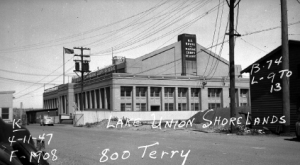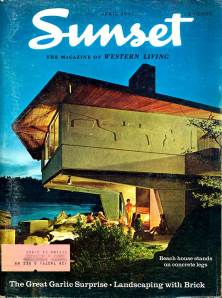Recent Preservation News
Here’s some recent news about preservation:
- The Washington State Department of Archaeology and Historic Preservation (DAHP) has a newly re-designed website. Check out the cool new design and great features. It’s chock full of information about our state’s diverse resources and preservation information. The DAHP blog also has a new look that matches its website.
- The Seattle International Film Festival will take over the vacant Uptown Theater in Seattle’s Lower Queen Anne neighborhood. The 1920s theater closed in November 2010. This is the best use for the property because it’ll remain a movie theater. Seattleites love their independent films so this is great news! The theater will re-open in October 2011.
- Here’s an interesting Seattle Magazine article about urban architectural ruins in Seattle.
- MAin2 is neutral on the subject of the deep-bore tunnel proposed for the Alaskan Way Viaduct Replacement Project. We are also neutral on Referendum 1 which is technically not about the tunnel but has been turned into being about the tunnel. Here’s an opinion piece by Cheryl dos Remedios in Citytank which addresses historic preservation and cultural resource issues affected by the project. Update: If anyone knows of an article or opinion piece that discusses the benefits of the project related to historic preservation, let us know and we’ll post it. This Crosscut article by David Brewster from last week explores our civic history and offers a more comprehensive look at how and why this viaduct/tunnel issue has become so hotly debated and why it divides the city.
- The Alki Homestead saga continues. On July 29, 2011, plans for the property were presented to the Architectural Review Committee (ARC) of the Seattle Landmarks Preservation Board. This is the third project briefing this year. A log condition survey and window survey were presented to the ARC. Here are blow-by-blow reports from the West Seattle Blog and West Seattle Herald. Representatives from Historic Seattle, Southwest Seattle Historical Society and the Washington Trust for Historic Preservation attended the meeting. The organizations continue to monitor the project’s progress.








